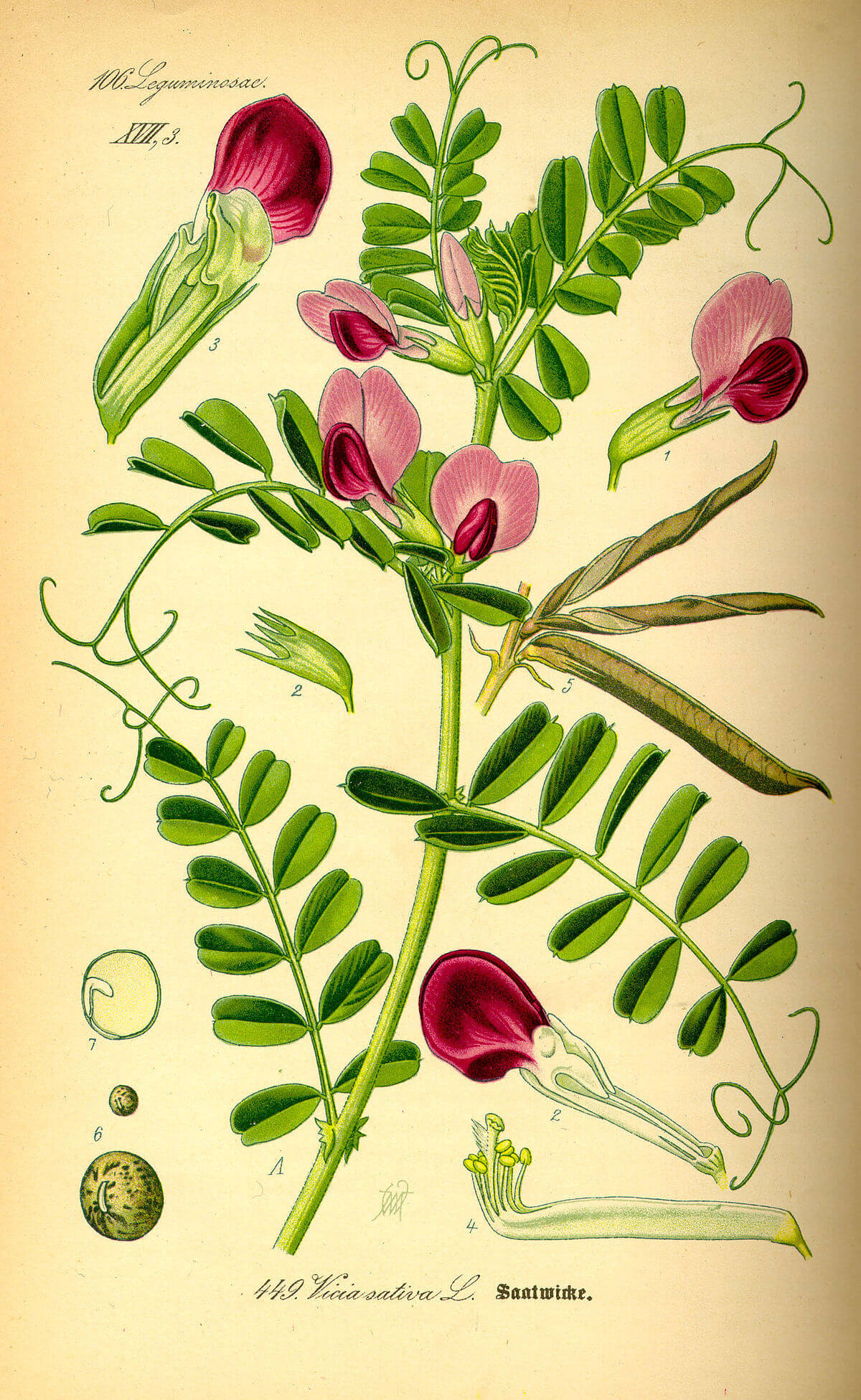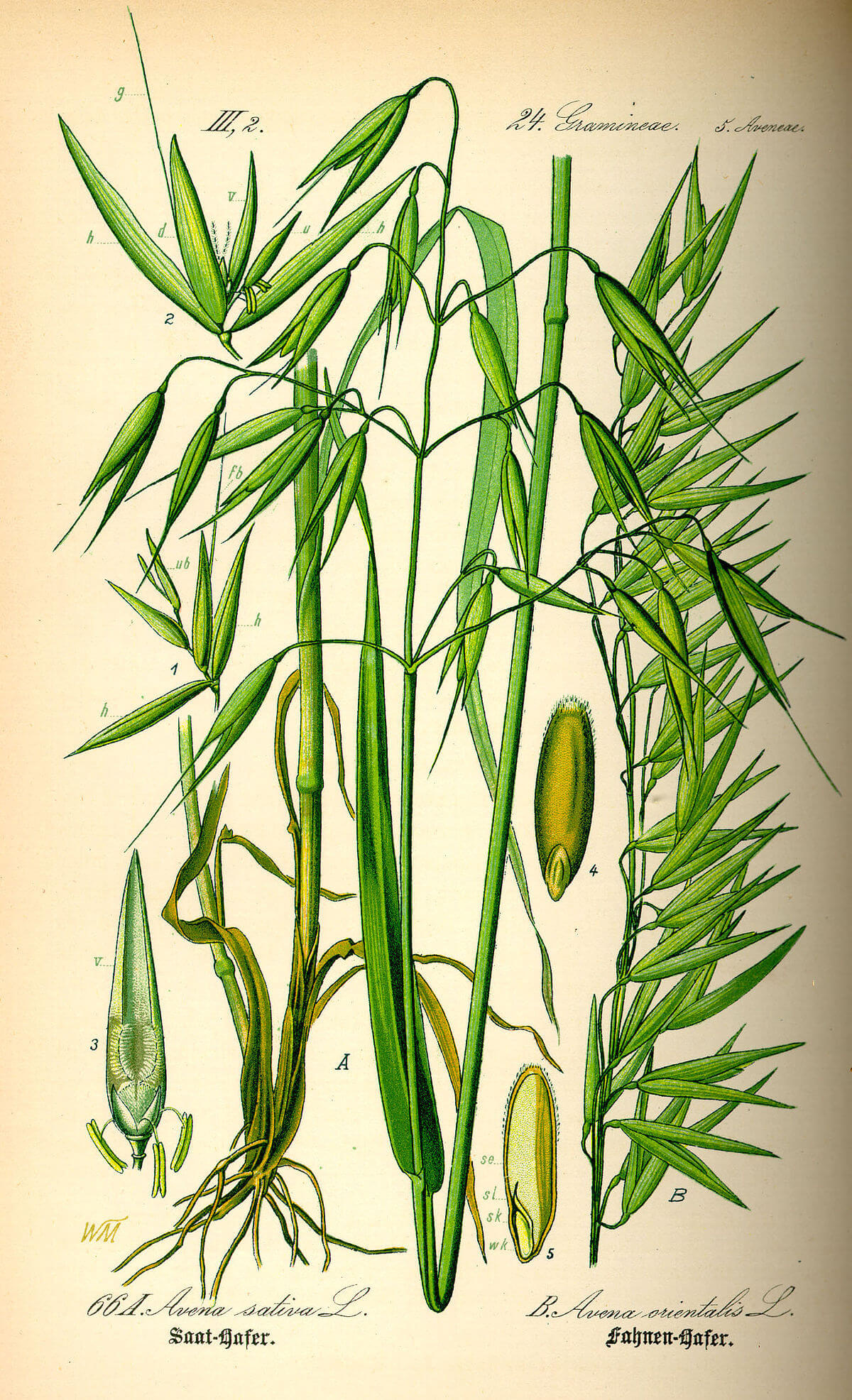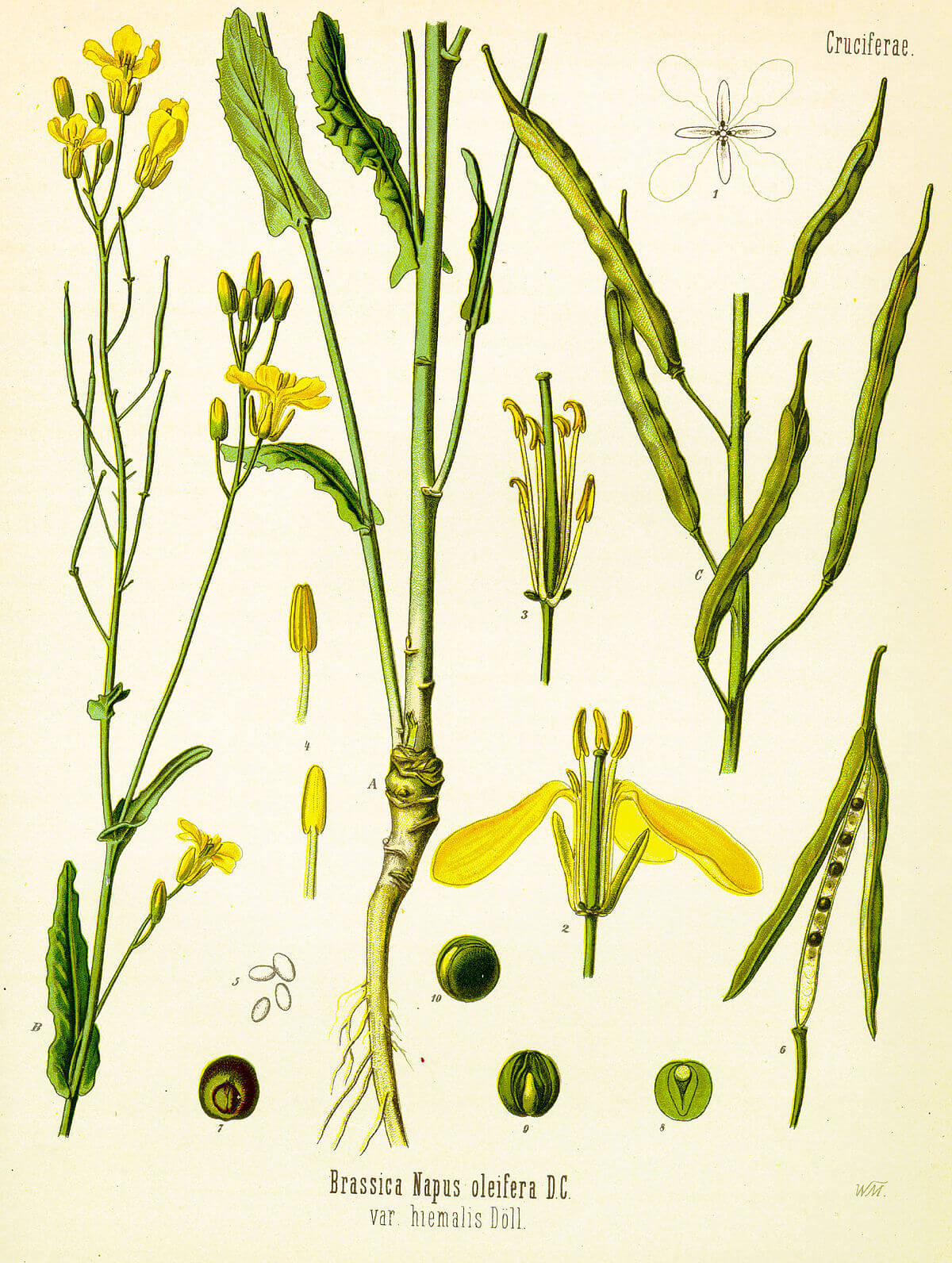The part historically called “the Chapel” is composed of plots n°6,7,8,9. These Cabernets Sauvignons represent an area of 2,18 hectares (4,94 acres). Emblematic of the Médoc, this grape variety accounts for a large part of our blend (about 70% of these last 5 vintages).
The Cabernet sauvignon dominates in the Médoc appellations, where the wines produced are rich and complex. This grape variety ripens well on the gravel-sandy rumps however the tradition shows that the Merlot gives better results on clay soils of outcrops and low slopes.
Even if today our knowledge regarding the role of the soil in the intrinsic quality of wines remains empirical, it’s impossible to deny the “varietal vocation” of our terroirs.
The terroir is not explained only by the notion of soil, it includes all the factors influencing the ripeness of the grapes. Among other things, the human factor and its impact on the control system, as well as the control of the plant, but also the climatic factors will raise up the aromatic and structural richness of the wines produced in our plots.




